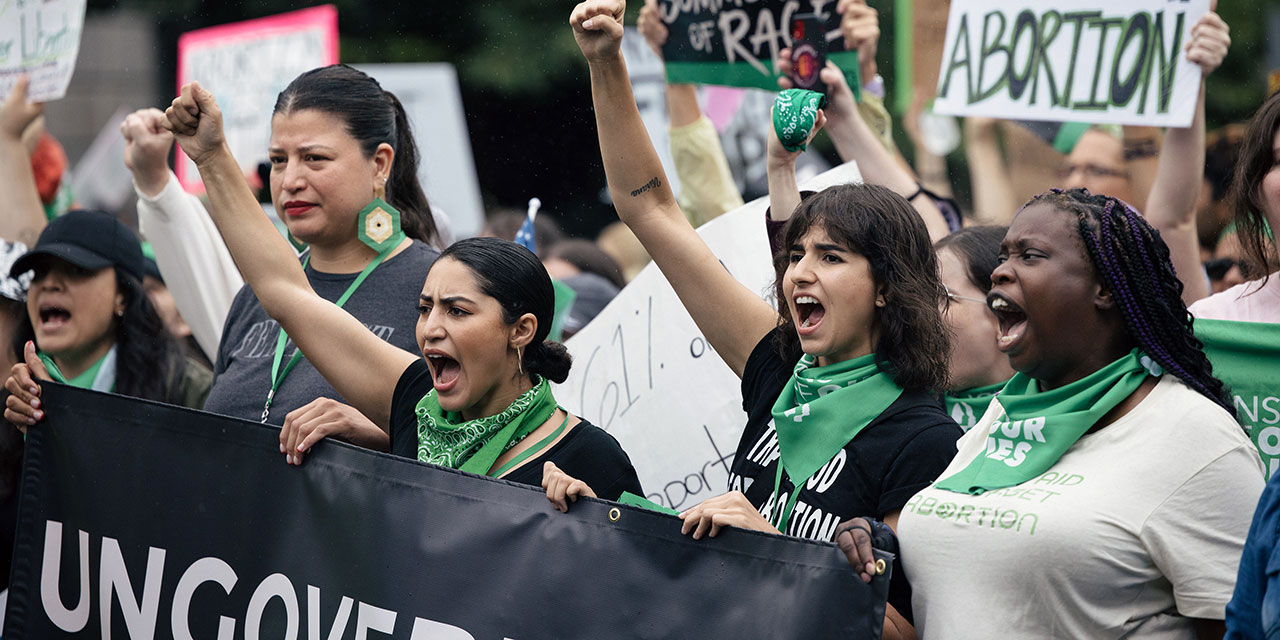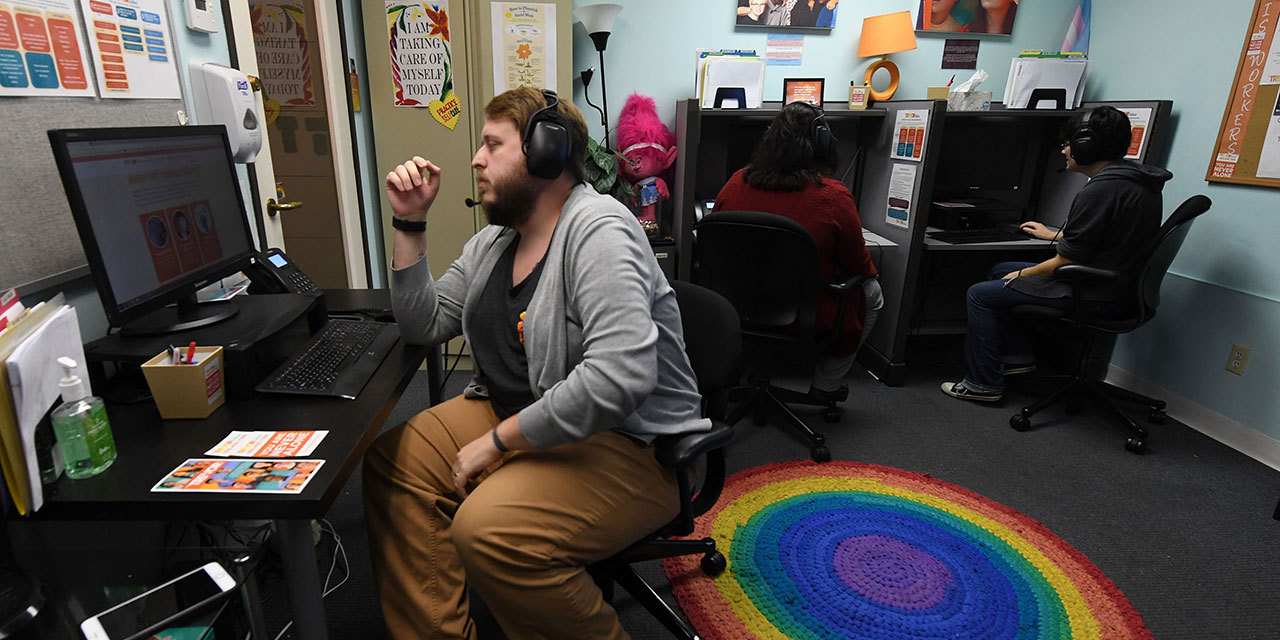Most Americans believe that gender is determined by biological sex and thus fixed at birth, according to survey data from the Pew Research Center. At the same time, roughly two-thirds of Americans favor policies, like New York State’s proposed Equal Rights Amendment, that offer legal protections for the trans-identified. The seeming tension in these two findings suggests a simple truth: Americans just want to be left to live their lives and think others should be granted the same.
The logic of this “live-and-let-live” approach is straightforward: if I leave others to go about their business—even when I object to their choices—I’ll be afforded the same courtesy. Crucially, live and let live is a two-way street. Both parties must be equally prepared to tolerate choices and beliefs with which they disagree.
Finally, a reason to check your email.
Sign up for our free newsletter today.
But no man is an island, and no life is entirely private. What happens when my desire to live a certain way interferes with another’s desire to live a different way? What happens when the other side isn’t willing to set certain disagreements aside? A live-and-let-live philosophy cannot resolve such disputes, and they inevitably emerge in a pluralistic society.
On July 15, a Long Island County law that prohibits biological males from competing in women’s and girls’ sports competitions hosted at public facilities went into effect. The law’s supporters cite the fairness and safety concerns stemming from allowing biologically male athletes to compete with girls and emphasize that the ordinance still lets transgender athletes compete on co-ed teams. The New York Civil Liberties Union and New York attorney general Letitia James disagreed, swiftly filing separate lawsuits and alleging that the measure unlawfully discriminates based on gender identity.
The debate in Long Island is also taking place under the shadow of the Equal Rights Amendment (ERA)—a proposed change to the New York State Constitution, set to appear on the ballot in November, that would codify gender identity and sexual orientation as protected classes.
On the one hand, trans women, acting on the conviction that they are real women and aspiring to live and enjoy recognition as such, demand the right to participate in women’s sports. On the other hand, the introduction of trans women into women’s athletics places biologically female competitors at a profound physical disadvantage.
In a similar vein, the supposed “right” of trans women to use sex-segregated spaces like bathrooms and locker rooms consistent with their gender identity—imposed in America’s schools by bureaucratic fiat—clashes with women’s and girls’ long-respected right to privacy and personal safety.
In either scenario, how can one side or the other live and let live when their realities, desires, and claimed rights directly conflict?
The same question also applies in the realm of K-12 education. Should we teach children as young as five that sex is different than the “spectrum” of gender identity, or that people can be “born in the wrong body”? For many trans activists, the answer is a resounding yes. To them, the idea that more than two genders exist or that people’s anatomy may not reflect their authentic identity are scientific facts, on par with evolution or gravity. For others, such “facts” constitute an ideological distortion of the scientific reality of two sexes. Again, how is a live-and-let-live approach possible?
Last year, Max Eden reported on a “Legal Update” by the New York State Department of Education that included guidelines for fostering a “safe” and “affirming” environment for “transgender and gender expansive” students. The document asserts, “The student is in charge of their gender transition and the school’s role is to provide support.” Indeed, the student’s rights are so paramount here that NYSED advises schools to facilitate a student’s gender transition, even without parents’ knowledge or consent. The guidelines provide the following hypothetical as a model:
A student with the legal name Kevin comes out as a transgender girl and asks teachers to call her Kimi and use she/her pronouns. She is not out to her parents and requests that teachers and administration continue to use her legal name with her parents for the time being. The teachers call her Kimi and use she/her pronouns at school. When calling home for any reason, teachers use the name Kevin and he/him pronouns. Kimi writes “KD” on her papers to avoid her parents seeing her affirmed name.
The NYSED guidelines don’t content themselves with live and let live. Instead, they aggressively assert the contrived right of minors to transition over the long-standing and repeatedly affirmed constitutional right of parents to the care, custody, and control of their children—which includes having a say in their education.
Radical secret transition programs are not limited to progressive-dominated states like New York. They enjoy a near nationwide sweep. According to a list curated by the nonprofit parental rights organization Parents Defending Education, more than 11 million children across more than 35 U.S. states attend public schools in districts with policies that force employees to facilitate—and if requested, conceal—a child’s gender transition from his or her parents.
Lest we be misled by activists who suggest that trans rights are the same as “women’s rights” or that the trans-identified merely want the freedom to “identify as they please,” the largely incommensurable conflicts between the declared “rights” of the trans-identified and those of parents, women, girls, and more turn these claims on their heads.
Refusing to contest institutionalized gender ideology in the hope of fostering a mutual live-and-let-live philosophy is misguided. Doing so will only empower rogue bureaucrats to continue imposing a mandate that flouts parental rights and nudges children down a path of irreversible and potentially harmful treatments.
Photo by Alejandra Villa Loarca/Newsday RM via Getty Images




